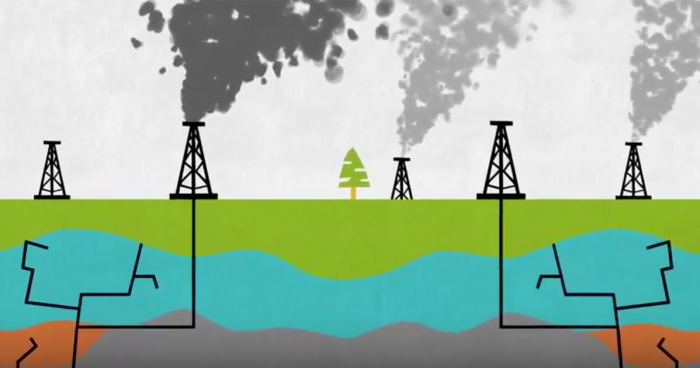Lack of water data a cause for public concern
In our high-speed digital world, there is no excuse for regulators failing to post and update information that is readily available to them and of evident public interest.
This is especially true when the fate of vitally important, publicly owned assets such as water hangs in the balance. To have faith that water resources are managed responsibly, basic facts must be known. Who has approved access to water? How much do they have access to? And where do they get it?
As the gatekeeper for information on the booming water usage in British Columbia’s natural gas sector, B.C.’s Oil and Gas Commission (OGC) has the answers to such questions and a whole bunch more. That’s because the OGC has statutory authority to issue short-term water-use permits to natural gas companies. Because of that, the OGC can tell you which companies hold water rights, the name of the creek, river, lake or reservoir that the water rights pertain to, what the maximum daily water withdrawal limits are for individual permits, and even the coordinates that will allow you to find a particular water source (in many cases an unnamed creek) on a map.
But the OGC does not post such essential information on its website, and has actually suggested to members of the public that have requested such information that it may be difficult and costly to retrieve.
None of this makes sense. Far more complex data is maintained by other provincial government agencies and is readily available. If you go here, for example, you can learn more than you may care to about what is logged in British Columbia – by company, by type of tree, and by whether the trees were logged on public or private lands. You can even learn how much usable wood companies elect to leave behind at logging sites rather than truck to mills, or what individual companies pay in fees to the provincial government for the trees they log on public lands.
You may need a bit of guidance to search the database. But a helpful public servant – at a contact number listed on the webpage – will gladly guide you through the steps. That’s how seriously the provincial government views the public’s right to know when it comes to forests.
When it comes to simple, baseline information on water, however, such transparency is nowhere to be seen on the OGC’s website.
This does not inspire confidence, and at the worst possible time – when the fossil fuel-rich northeast corner of B.C. is experiencing unusually severe droughts.
The oil and gas industry is the only industry in British Columbia that gains access to water without Ministry of Environment approval. All other users – from municipal water plants, to aluminum and iron smelters, to pulp and paper mills, to farmers irrigating their fields – obtain short-term or long-term water allocations from the provincial ministry responsible for protecting our environment.
The preferential status bestowed to the energy sector inevitably breeds suspicion. Such suspicion only grows when information that ought to be readily available is not.
The OGC is more than aware that escalating water usage by natural gas companies has the potential to become a thorny public policy issue. Particularly as companies engage in increased usage of “hydraulic fracturing” or “fracking” operations to unlock gas trapped in deeply buried shale formations. Such operations pump enormous quantities of water at thousands of pounds per square inch of pressure to fracture or break seams in the underground rock, thereby releasing the trapped gas.
To assuage concerns about such water usage, the OGC recently released a report on the topic. But reading the document simply reinforces the impression that the public is largely in the dark about the industry’s water consumption.
At one point, the OGC says that “a preliminary look” at water usage by natural gas companies operating in one shale gas-rich region of B.C. known as the Horn River Basin found that the companies used “less than five per cent” of what they were allocated.
Putting aside what a “preliminary look” means, the report presents no figures on what water was assigned in the Horn River Basin versus what was actually used.
Once again, this does not inspire confidence.
As the regulator responsible for issuing water permits to energy companies, the OGC can easily post information on water allocations. It can also, if it chooses, post information on what the companies report using by way of the water assigned to them.
Such basic accounting information is an essential prerequisite to the sustainable management of water resources. As such, it properly belongs in the public domain.
Topics: Climate change & energy policy, Environment, resources & sustainability


